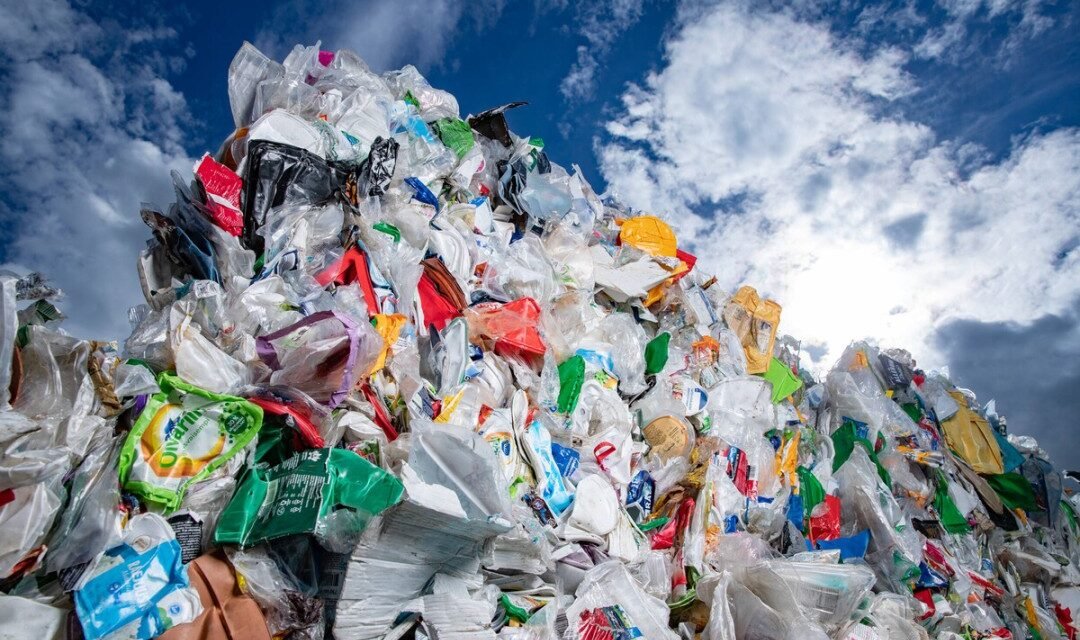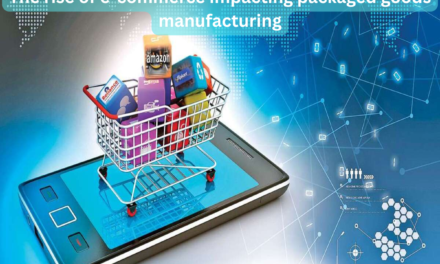Innovations addressing the challenge of single-use plastic waste focus on developing sustainable alternatives, improving recycling technologies, and creating circular systems. These efforts aim to reduce plastic pollution, conserve resources, and promote environmentally friendly solutions. Here are the key innovations:
1. Biodegradable and Compostable Materials
- Description: Plastics made from natural materials that break down into harmless components under composting conditions.
- Examples:
- Polylactic Acid (PLA): Made from corn starch or sugarcane, used in utensils and food packaging.
- PHA (Polyhydroxyalkanoates): Naturally produced by bacteria, used for containers and films.
- Bagasse and Palm Leaves: Agricultural by-products used to create compostable plates, trays, and packaging.
- Benefits: Reduces waste in landfills and offers eco-friendly alternatives for food and beverage packaging.
2. Reusable Packaging Solutions
- Description: Durable materials designed for multiple uses, replacing single-use plastics.
- Examples:
- Stainless steel or glass containers for food and beverages.
- Silicone food storage bags and reusable straws.
- Loop systems where consumers return containers for cleaning and reuse.
- Benefits: Significantly reduces waste and aligns with a circular economy model.
3. Advanced Recycling Technologies
- Description: Innovative methods to improve plastic recycling efficiency and expand the types of plastics that can be recycled.
- Examples:
- Chemical Recycling: Breaks down plastics into their chemical components for reuse, including hard-to-recycle plastics.
- Enzymatic Recycling: Uses enzymes to depolymerize plastics like PET into reusable monomers.
- AI-Driven Sorting Systems: Enhance efficiency and accuracy in separating plastics for recycling.
- Benefits: Reduces reliance on virgin plastic production and diverts waste from landfills.
4. Bio-Based Plastics
- Description: Plastics derived from renewable resources such as plants, algae, or fungi.
- Examples:
- Algae-based bioplastics for lightweight packaging.
- Mycelium-based materials for protective packaging.
- Starch-based plastics for bags and utensils.
- Benefits: Lowers dependency on fossil fuels and often offers reduced carbon footprints.
5. Edible Packaging
- Description: Packaging made from food-grade materials that can be consumed.
- Examples:
- Seaweed-based wraps for single-serve condiments and snacks.
- Edible cups and straws are made from grains or gelatin.
- Rice paper is used for food wrappers.
- Benefits: Eliminates waste entirely while offering a unique consumer experience.
6. Minimalist Packaging
- Description: Reduces the amount of material used in packaging without compromising functionality.
- Examples:
- Shrink-wrap alternatives for bundled products.
- Single-layer pouches for snacks and frozen goods.
- Eliminating secondary packaging through design optimizations.
- Benefits: Reduces material use, production costs, and environmental impact.
7. Water-Soluble Packaging
- Description: Packaging that dissolves in water, ideal for single-use applications.
- Examples:
- PVOH (Polyvinyl Alcohol): Used for detergent pods and food sachets.
- Water-soluble films for portioned ingredients like soup bases or seasonings.
- Benefits: Eliminates waste and is safe for disposal in water systems.
8. Recyclable Mono-Material Packaging
- Description: Packaging made from a single type of plastic, making recycling easier and more effective.
- Examples:
- Mono-material films for snacks and frozen foods.
- Single-polymer bottles and caps.
- Benefits: Simplifies recycling processes and improves material recovery rates.
9. Innovations in Product Design
- Description: Redesigning products to eliminate or reduce single-use plastics.
- Examples:
- Shampoo and soap bars are replacing bottled products.
- Concentrated detergents and cleaners that reduce the need for plastic containers.
- Packaging-free stores encourage customers to bring their own containers.
- Benefits: Reduces plastic waste at the source.
10. Digital Watermarking for Recycling
- Description: Embedding digital codes into plastic packaging for easier sorting during recycling.
- Examples:
- Invisible barcodes are scanned by automated systems to identify plastic types and direct them to appropriate recycling streams.
- Benefits: Enhances recycling efficiency and reduces contamination.
11. Government and Corporate Initiatives
- Description: Policies and collaborations aimed at reducing single-use plastic.
- Examples:
- Bans on single-use plastic bags, straws, and cutlery in several countries.
- Extended producer responsibility (EPR) programs require companies to manage plastic waste.
- Corporate commitments to phase out single-use plastics and adopt sustainable alternatives.
- Benefits: Drives widespread adoption of sustainable practices and innovations.
12. Ocean Plastic Recovery and Recycling
- Description: Turning recovered ocean plastics into new products.
- Examples:
- Adidas and Parley create shoes and apparel from recycled ocean plastics.
- Companies producing packaging materials from reclaimed plastics.
- Benefits: Cleans up marine environments and reduces demand for virgin plastics.
13. Nano-Technologies in Packaging
- Description: Incorporating nano-materials to enhance the properties of sustainable packaging.
- Examples:
- Nano-cellulose coatings for improving barrier properties of paper-based packaging.
- Nano-additives in biodegradable plastics for enhanced durability.
- Benefits: Improves functionality without increasing environmental impact.
14. Consumer Education and Behavioral Change
- Description: Programs to encourage responsible use and disposal of plastics.
- Examples:
- QR codes linking to information on proper disposal and recycling.
- Campaigns promoting reusable alternatives like bottles and shopping bags.
- Benefits: Reduces improper disposal and increases the adoption of sustainable practices.
Conclusion
Innovations in materials, recycling, and product design are addressing the challenge of single-use plastic waste by offering sustainable alternatives, improving recycling efficiency, and encouraging circular economy practices. These solutions, coupled with consumer education and policy support, are essential for mitigating the environmental impact of plastic waste.
Hashtags
#ReduceReuseRecycle #GoGreen #SustainableSolutions #EcoFriendlyLiving #PlasticFreeLiving #SustainablePackaging #EcoWarrior #SustainableChoices #EcoFriendlyProducts #SustainableFuture #EcoFriendlyPackaging #PlasticAlternatives #SustainableMaterials #EcoFriendlyOptions #SustainableConsumption #EcoFriendlyPackagingSolutions #SustainablePackagingSolutions #EcoFriendlyPackagingIdeas #SustainablePackagingIdeas #EcoFriendlyPackagingDesign









